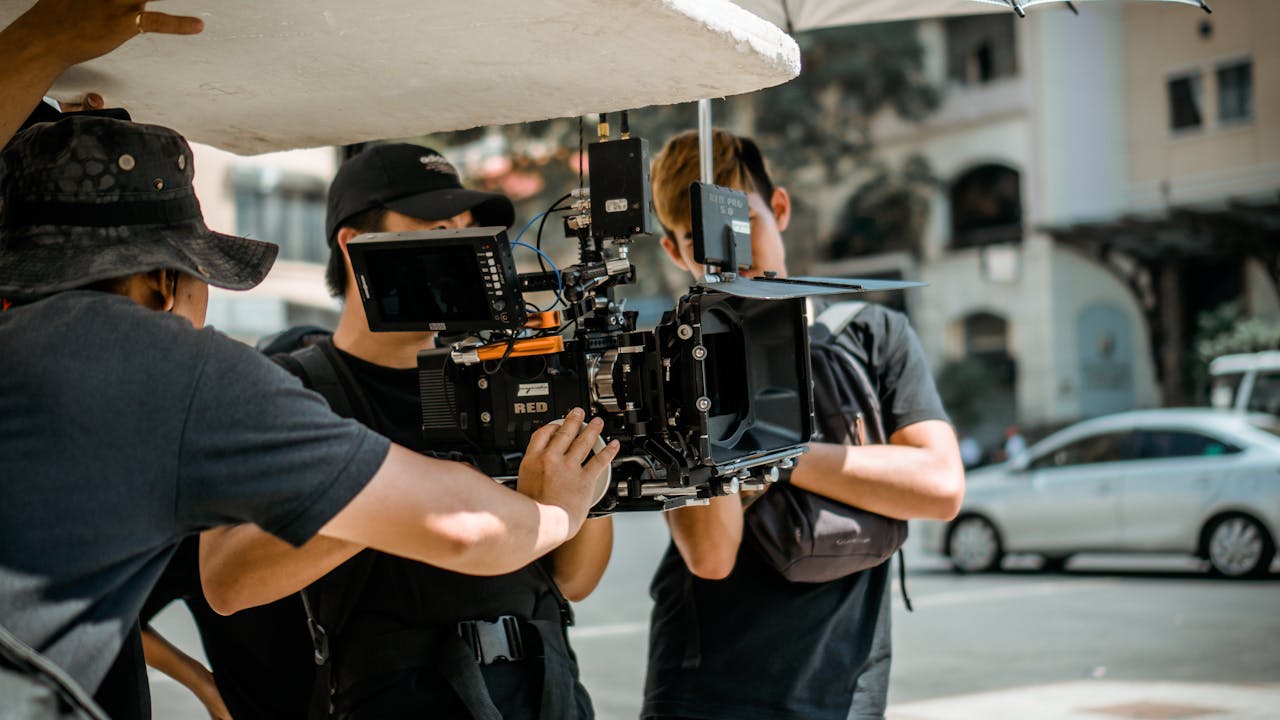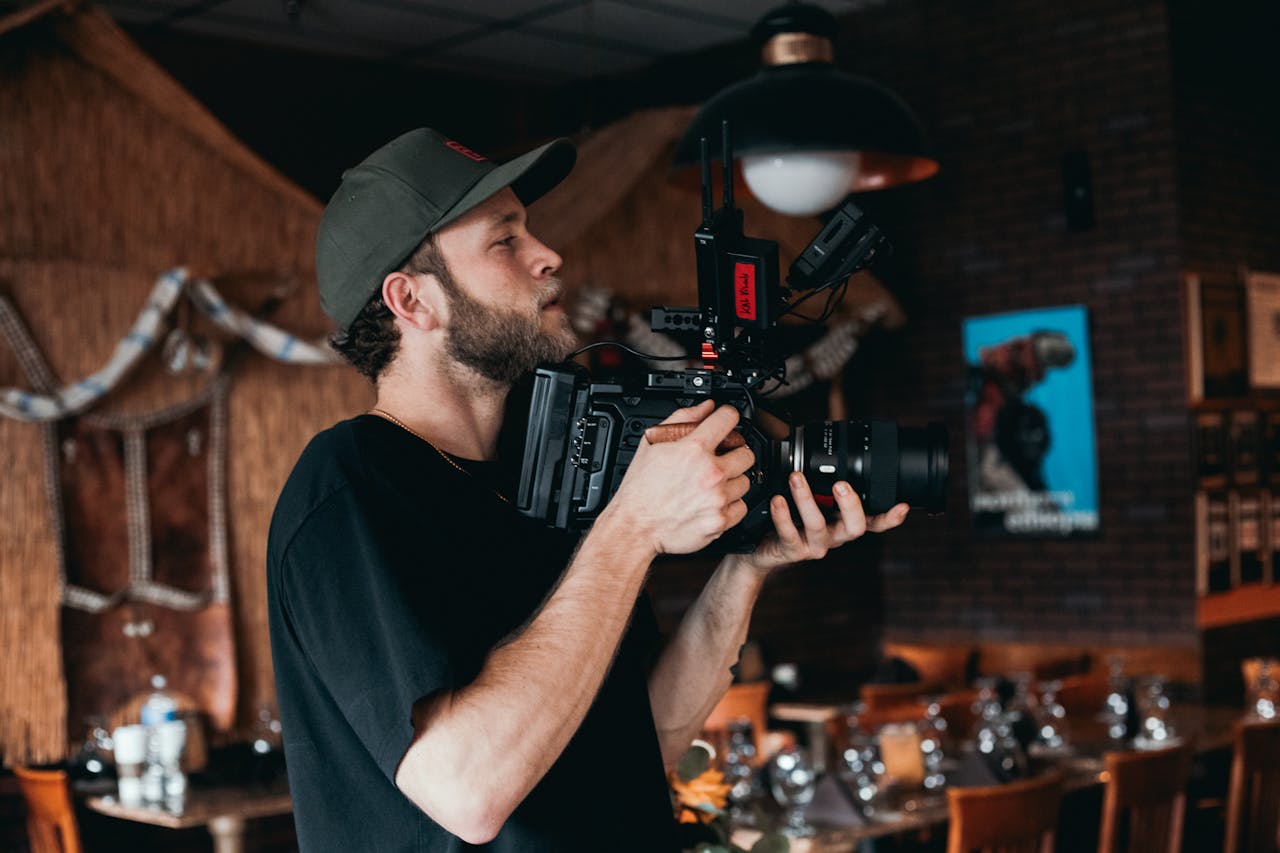Documentary Filmmaking: Showcasing Non-Fiction Storytelling and Filmmaking Techniques
Documentary filmmaking is a powerful medium for storytelling that captures real-life events, people, and issues with the goal of informing, educating, and often inspiring audiences. This article explores the art of documentary filmmaking, highlighting its unique characteristics, storytelling techniques, and the impact it has on viewers.


Understanding Documentary Filmmaking
1. Definition and Purpose:
- Non-Fiction Focus: Documentaries aim to depict real-life subjects, events, or issues without fictionalization.
- Educational and Informative: They often delve into topics of social, cultural, political, or historical significance, offering insights and perspectives that provoke thought and discussion.
2. Types of Documentaries:
- Observational: Filmmakers observe and record events as they unfold naturally, without interference.
- Expository: Narration and interviews are used to explain and analyze a subject.
- Participatory: Filmmakers actively participate in or interact with the subjects being documented.
- Reflexive: The filmmaking process itself becomes part of the narrative, questioning its own authenticity and representation.
Filmmaking Techniques in Documentaries
1. Research and Pre-Production:
- Topic Selection: Choosing a compelling subject that resonates with the audience and aligns with the filmmaker's vision.
- Investigation: Conducting thorough research, interviews, and on-location visits to gather information and perspectives.
2. Storytelling and Narrative Structure:
- Narrative Arc: Establishing a clear beginning, middle, and end that engages viewers and conveys the story's progression.
- Character Development: Portraying real-life characters with depth, empathy, and authenticity to create emotional connections.
3. Cinematic Elements:
- Visual Language: Using cinematography to capture scenes, settings, and emotions effectively.
- Sound Design: Incorporating ambient sounds, music, and interviews to enhance storytelling and evoke atmosphere.
- Editing: Structuring footage and interviews to create a cohesive narrative flow and maintain viewer engagement.
Impact and Influence
1. Education and Advocacy:
- Raising Awareness: Documentaries shed light on important issues, promoting understanding and empathy among audiences.
- Advocacy: They often inspire action and social change by presenting compelling narratives and personal testimonies.
2. Cultural and Historical Preservation:
- Archival Footage: Preserving historical events, cultures, and traditions through visual documentation.
- Legacy: Documentaries contribute to collective memory and cultural heritage, ensuring stories are remembered and learned from.
Ethical Considerations
1. Truth and Authenticity:
- Fidelity to Reality: Maintaining integrity and accuracy in representing real-life events and individuals.
- Informed Consent: Respecting the privacy and consent of documentary subjects, ensuring their voices are heard ethically.
2. Bias and Objectivity:
- Subjectivity: Acknowledging the filmmaker's perspective and potential biases while striving for balanced storytelling.
- Transparency: Disclosing any conflicts of interest or editorial decisions that may impact the documentary's credibility.


Documentary filmmaking is a dynamic and influential art form that engages audiences through authentic storytelling and compelling visuals. By exploring real-life subjects and issues, documentaries not only educate and inform but also challenge perceptions, foster empathy, and inspire action. As filmmakers employ various techniques to capture and convey stories, they play a crucial role in documenting history, preserving culture, and shaping public discourse. Whether exploring social justice, environmental conservation, or personal narratives, documentaries continue to push boundaries, provoke thought, and amplify voices that might otherwise go unheard in mainstream media.












